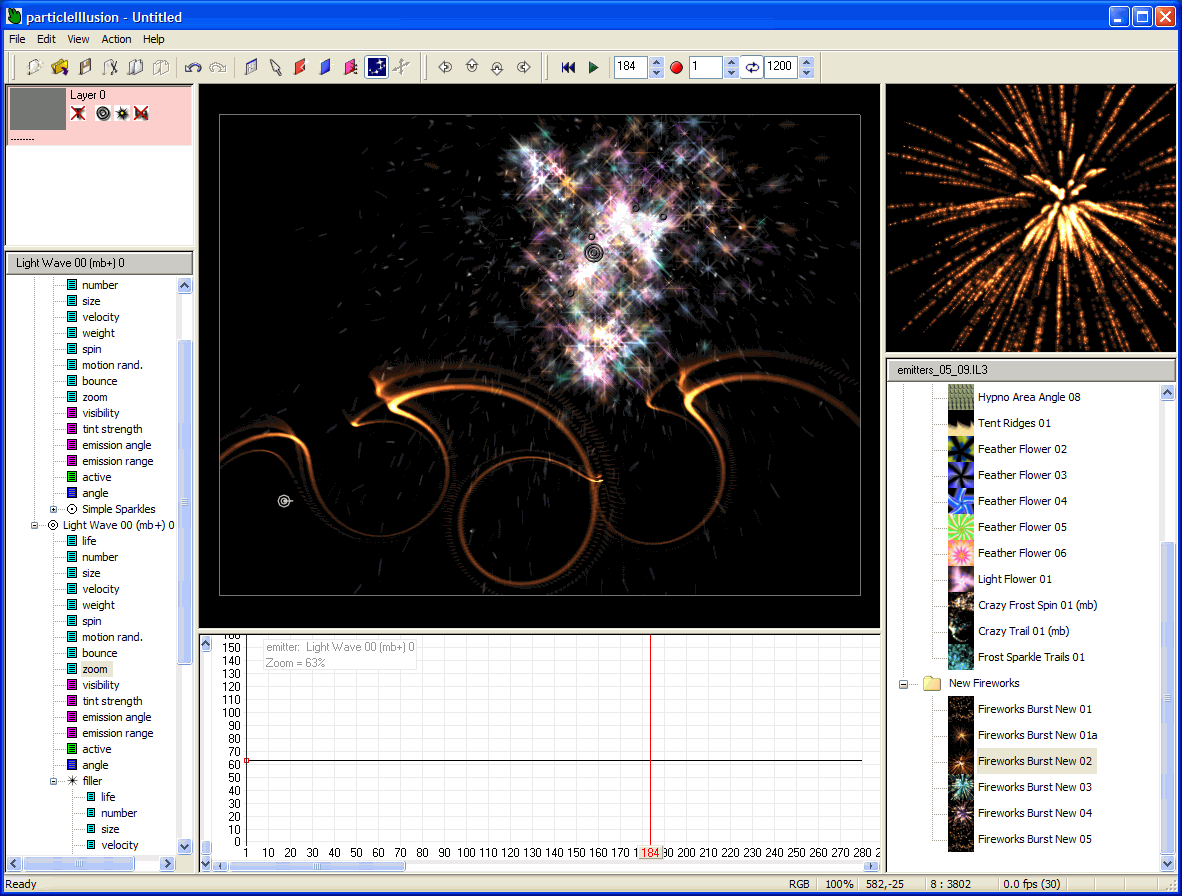

Previously, molecular target agents were the major treatment options for advanced HCC, but the impact on prognosis was limited. Systemic therapies for advanced HCC have improved dramatically in the last decade. 1 2 Recently, liver cancer ranks as the fourth most common cause of cancer-related death and as the sixth most frequently diagnosed cancer. Hepatocellular carcinoma (HCC) accounts for the majority of liver cancer cases and remains to have a poor prognosis because most cases are diagnosed at the advanced stage. Similarly, if cohort B treatment is confirmed to be tolerated (ie, no DLT in three patients or one DLT in six patients), a total of 15 patients will be enrolled into cohort B.
Particle illusion free trial trial#
If cohort A treatment is confirmed to be tolerated (ie, no DLT in three patients or one DLT in six patients), the trial proceeds to enrol more patients into cohort B. Patients are initially enrolled into cohort A. The primary endpoints are rates of any and severe adverse events, including dose-limiting toxicities (DLTs) secondary endpoints are overall survival, 6-month survival, objective response, 6-month progression-free survival and time to progression. Carbon-ion radiotherapy will be administered after day 8 of the first cycle. Cohort B will receive 1500 mg durvalumab every 4 weeks in principle and 300 mg tremelimumab only on day 1 of the first cycle. Cohort A will receive 1500 mg durvalumab every 4 weeks.
Particle illusion free trial plus#
Correspondence to Dr Sadahisa Ogasawara Methods and analysis This phase Ib, multicentre (two sites in Japan), open-label, single-arm, investigator-initiated clinical trial will assess durvalumab monotherapy in combination with particle therapy (cohort A) and that of durvalumab plus tremelimumab in combination with particle therapy (cohort B) for patients with advanced HCC with MVI.5 Clinical Research Center, Chiba University Hospital, Chiba, Japan.4 National Institutes for Quantum and Radiological Science and Technology, Chiba, Japan.


2 Translational Research and Development Center, Chiba University Hospital, Chiba, Japan.1 Department of Gastroenterology, Graduate School of Medicine, Chiba University, Chiba, Japan.


 0 kommentar(er)
0 kommentar(er)
